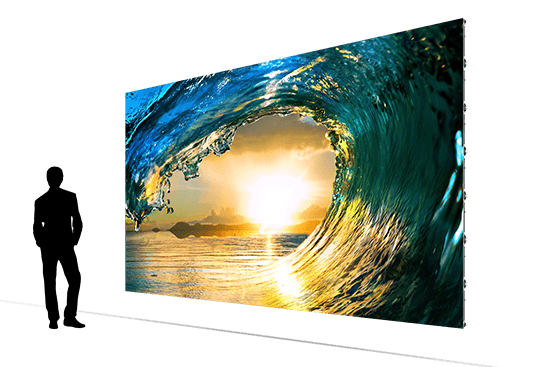Investigating the Durability of LED Display Panels in Comparison to Conventional Display Methods
LED panel screens have grown increasingly popular in current times, especially in environments like educational institutions, corporate spaces, and public spaces. These panels use LED diodes (LEDs) to create vivid and lively visuals. One of the most significant advantages of LED technology is its durability in contrast to conventional display technologies, such as cathode ray monitors (CRTs) and LCD display displays. Understanding the distinctions in lifespan and performance between these technologies can help consumers make knowledgeable decisions about their screen requirements.
Traditional screen methods, like CRTs, have been around for numerous years. They were commonly used in TVs and PC screens. However, CRTs have a shorter duration, typically lasting approximately 10,000 to 20,000 hours of operation. This means that after a couple years, users may observe a decline in picture clarity, such as fading or color deformation. In comparison, LED wall panels can last significantly longer, often exceeding 50,000 hrs. This prolonged lifespan means that consumers can experience consistent performance without the requirement for frequent substitutions.
Another crucial factor to take into account is power efficiency. LED panel screens consume less energy than traditional screens, which not only benefits the environment but also reduces power expenses. For example, while a CRT screen may consume around 100 watts of energy, an LED screen can use as little as 30 to 50 W. This difference in energy usage adds to the overall longevity of LED innovation, as reduced power usage generates minimal heat. Excessive thermal energy can damage electronic parts, resulting to a shorter lifespan for conventional screens.
In addition to their longer duration and energy efficiency, LED panel screens also provide superior image clarity. They offer brighter colors and improved differentiation, making them perfect for various applications, from marketing to learning displays. The innovation behind LED panels allows for a broader sight angle, meaning that images stay sharp and vibrant even when viewed from the side. This is a significant benefit over traditional displays, which frequently experience from hue distortion and reduced luminosity at broader perspectives.
In conclusion, the longevity of LED panel panels compared to traditional screen methods is a key factor for consumers to consider. With durations see that can surpass 50,000 hrs, power efficiency, and superior image clarity, LED innovation provides many benefits. As innovation continues to advance, LED panel screens are probably to become even more prevalent in various environments. Grasping these distinctions can assist people and organizations make better choices when investing in display innovation, guaranteeing they get the optimal worth for their requirements.